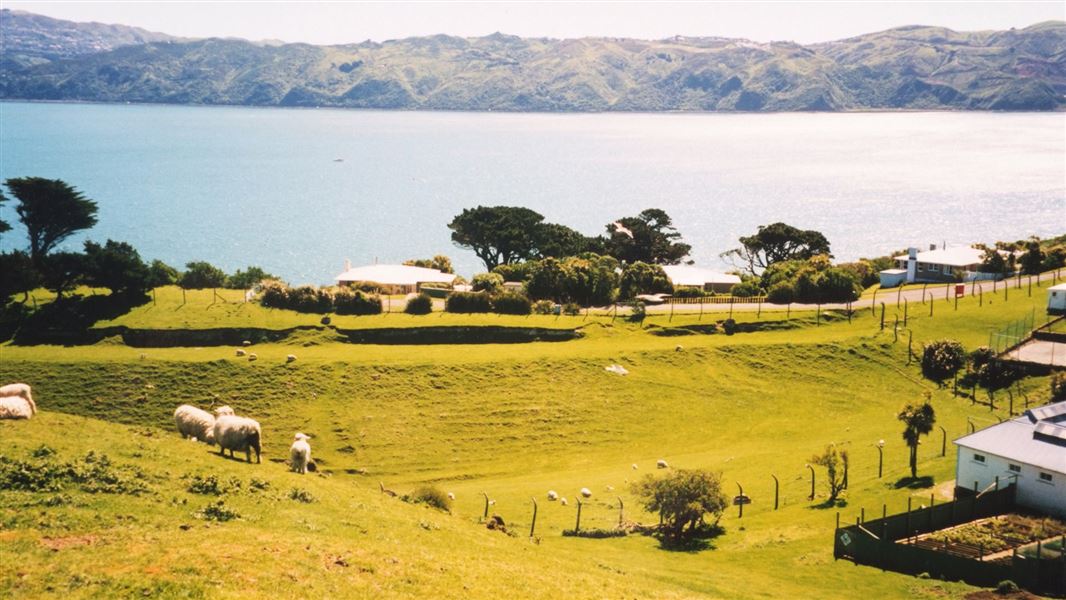
Introduction
Matiu/Somes protected New Zealand’s economy for almost a century through animal quarantine. Learn more about the facilities from this era that you can still see today.Matiu/Somes Island was designated New Zealand’s first animal quarantine station in 1889.
Protecting the economy
Because New Zealand’s all-important agricultural industry was based on exotic species, it was critical that all measures were taken to avoid diseases being imported along with new livestock. Matiu/Somes Island had been briefly used to quarantine sheep in 1853 but permanent facilities were not established until 40 years later in 1893. By 1908 it was considered to be the country’s principal quarantine station.
Animals arriving in New Zealand from other countries (mainly the UK and Australia) were quarantined on the island for 30–60 days to check they were free of disease. Blood samples were taken regularly and tested. Each animal was also treated for internal and external parasites.
New species and technology
In 1971 a new maximum security animal quarantine station was completed. Until then, New Zealand had only ever imported livestock from Britain, Australia and Canada. The idea of a maximum security animal station was to enable scientists and geneticists to study new exotic breeds from outside of these ‘safe’ countries.
When the station received its first shipment of animals in March 1972, it was the most sophisticated facility of its kind in the world. This allowed for the importation of a more diverse range of exotic animals such as elk, red deer, alpaca and llama, and capacity to hold more of the traditional imported livestock.
In 1985 a scheme was introduced to import ova and embryos of cattle, sheep, and goats for implantation into New Zealand livestock. This inadvertently lessened the need for quarantine stations. It meant that existing livestock lines could be diversified rather than relying on importing. The quarantine station was closed in 1995.
Today
Many of the existing structures in the centre of the island are associated with the animal quarantine station. There are several buildings of interest:
- Maximum security animal quarantine station – this contains numerous holding pens and was fully self-contained. In close proximity are garages, including a feed store, and other utility buildings. Several houses were built for staff accommodation. An oxidation pond was built near the lighthouse as part of the complex.
- Caretaker’s cottage – this was built in 1915 to house the family of the quarantine officer/ island caretaker. The house remained in use until quarantine staff moved into the new houses built as part of the new maximum security station.
- Bull pen/stables – built in 1916 by World War I internees
- Meat safe – an old animal crate transformed into a meat safe – most probably during World War I. It is suggested that it may have also been a solitary confinement cell for enemy aliens.
- Ova transplant surgery – this was added to the maximum security animal quarantine station to exploit in-vitro fertilisation technology. It effectively rendered the need for quarantine obsolete.
Brochures
- Matiu/Somes Island animal quarantine station (PDF, 3532K)
- Matiu/Somes Island animal quarantine station self guided tour (PDF, 1,143K)
Related link
- Quarantine centres and prisons on Te Ara website